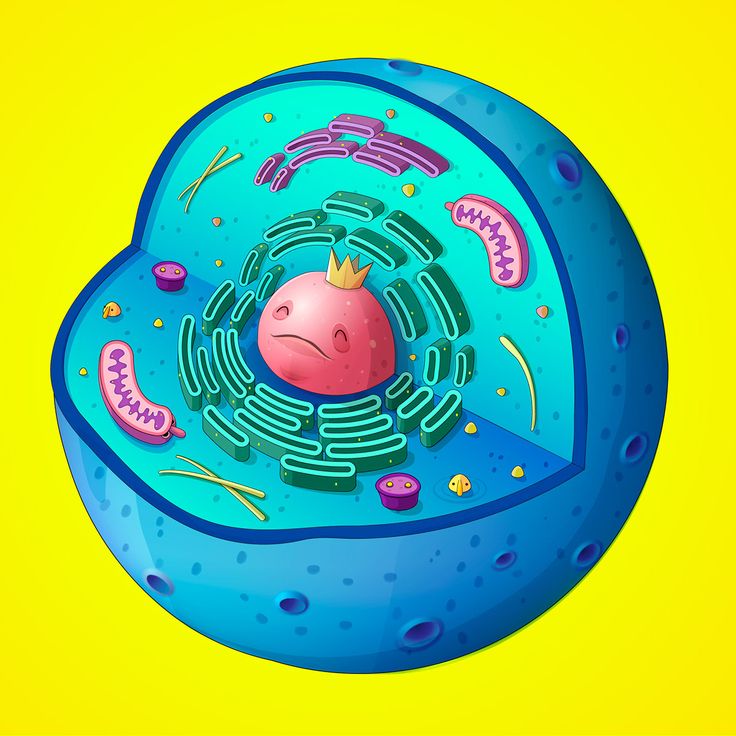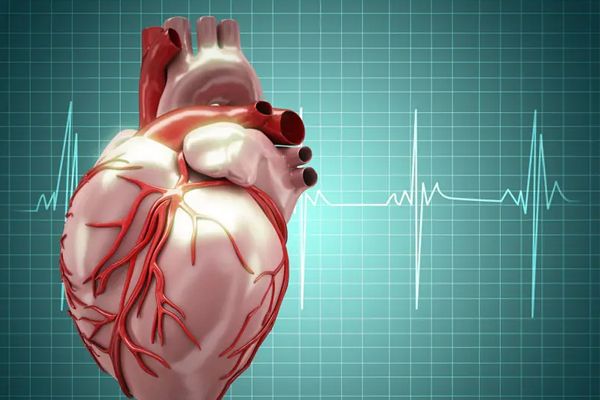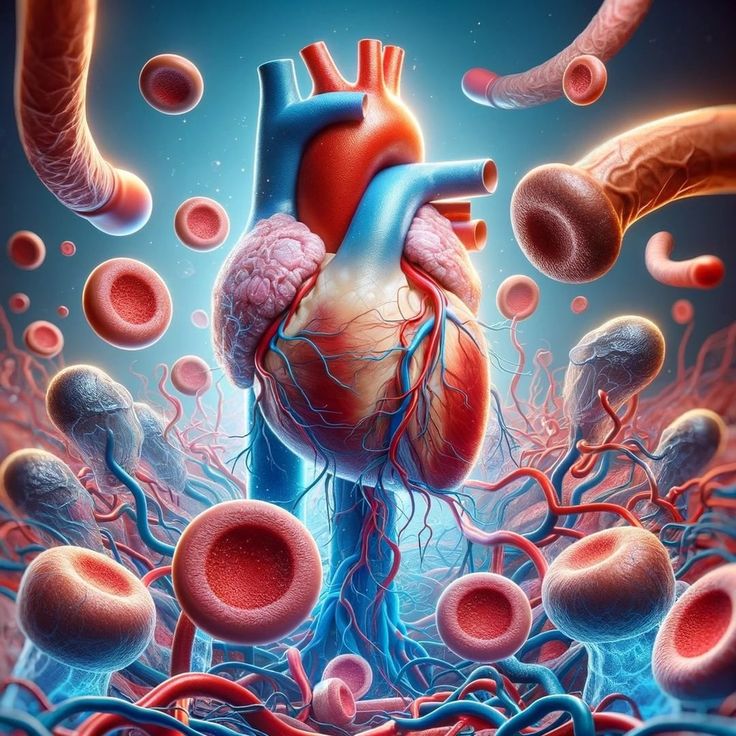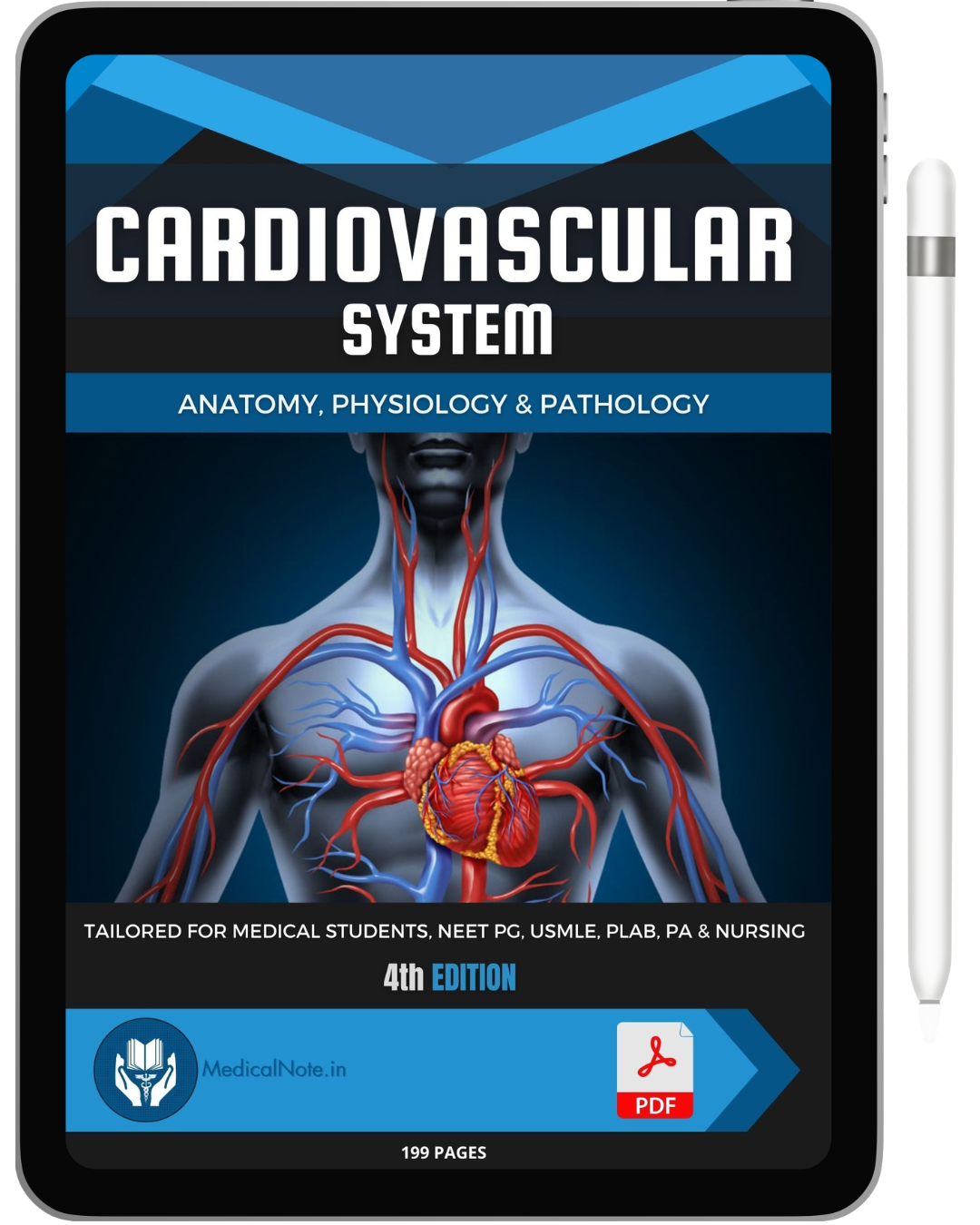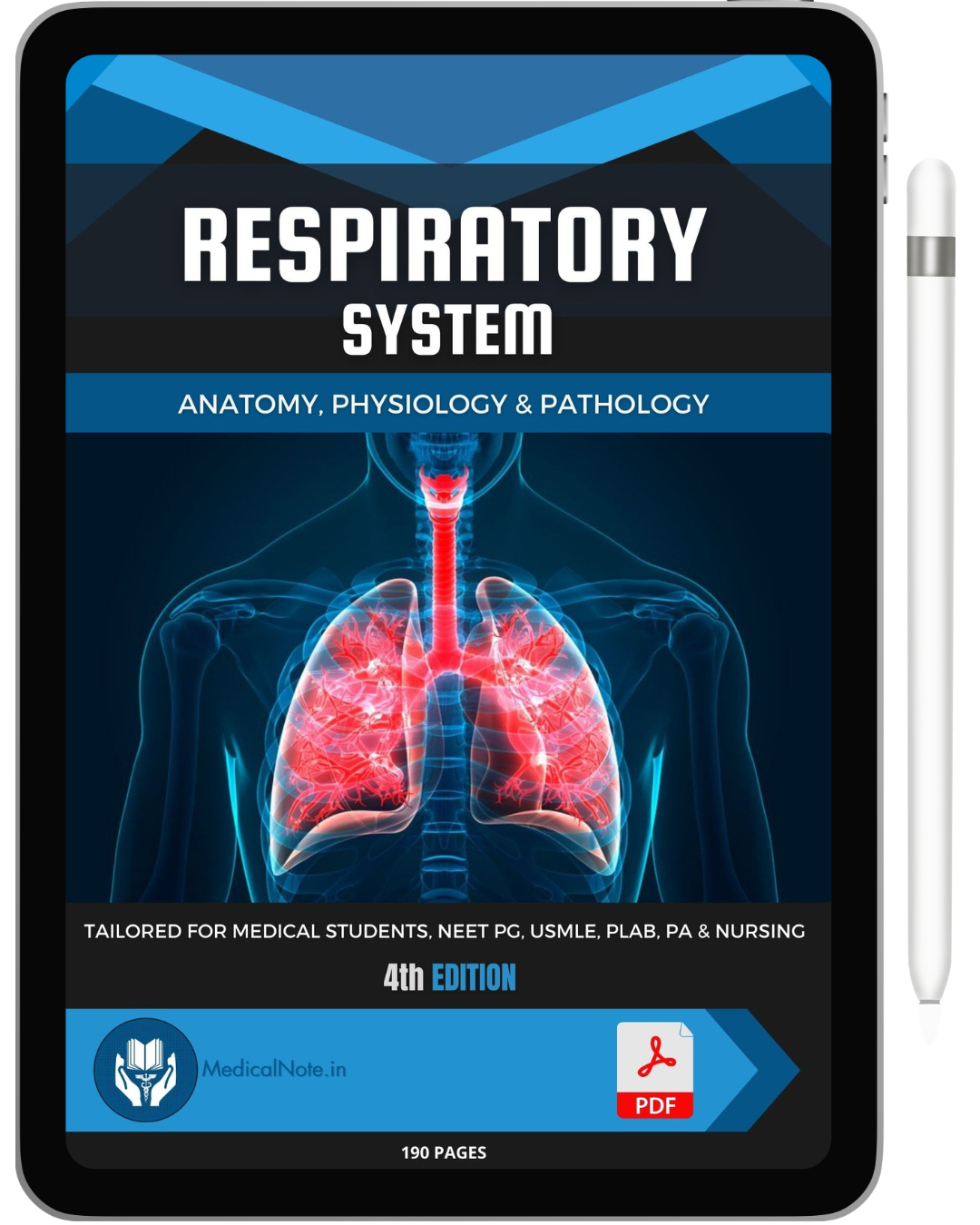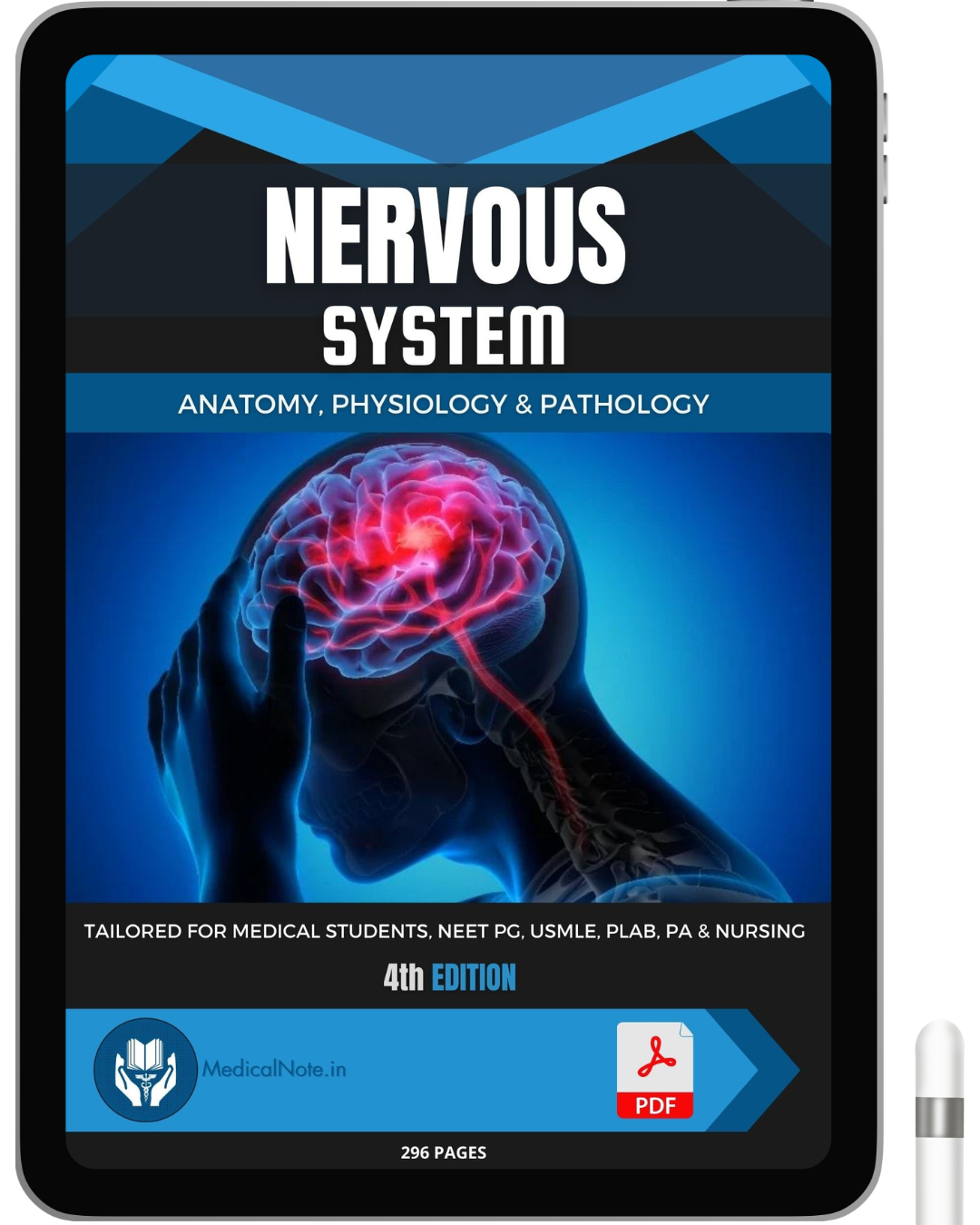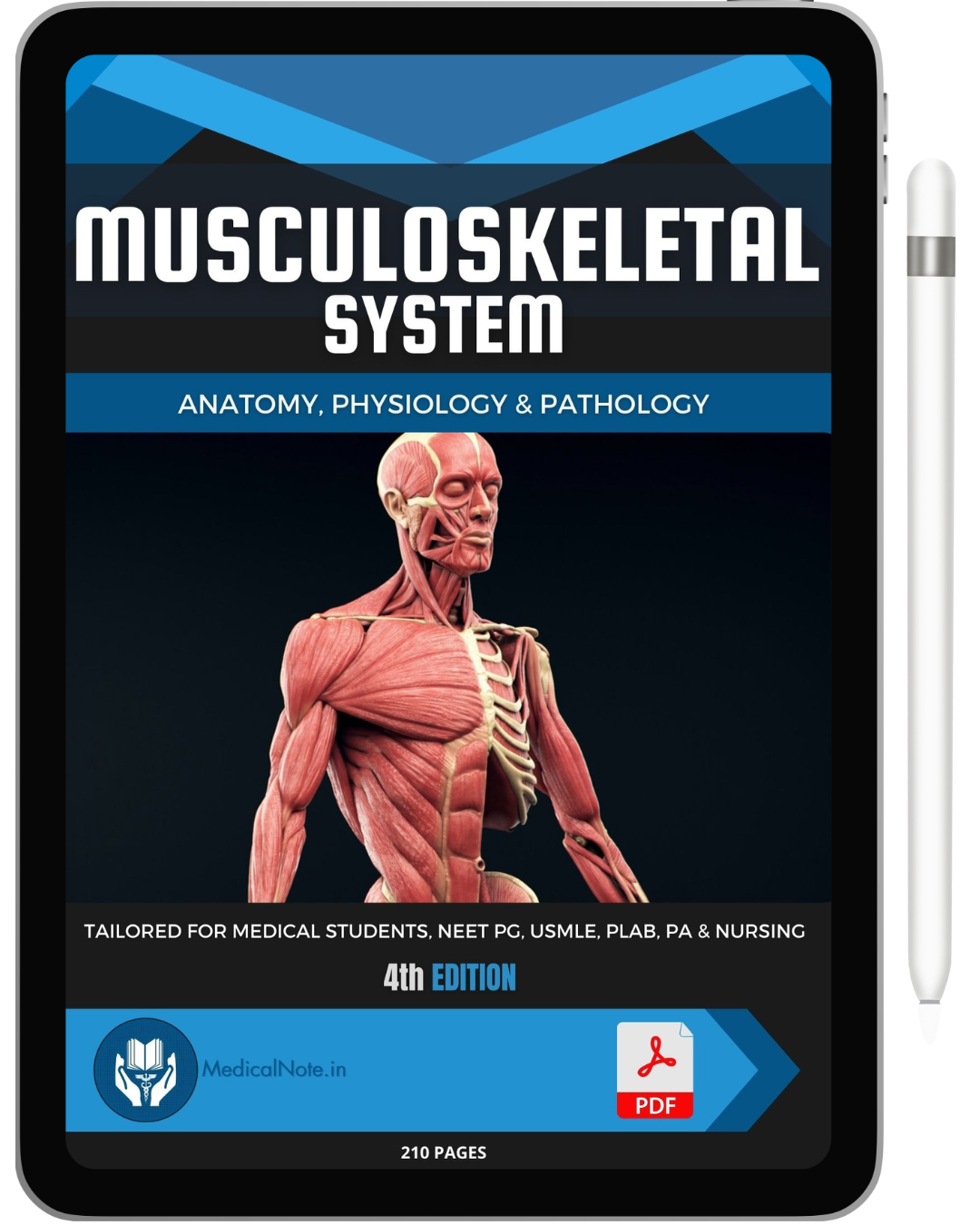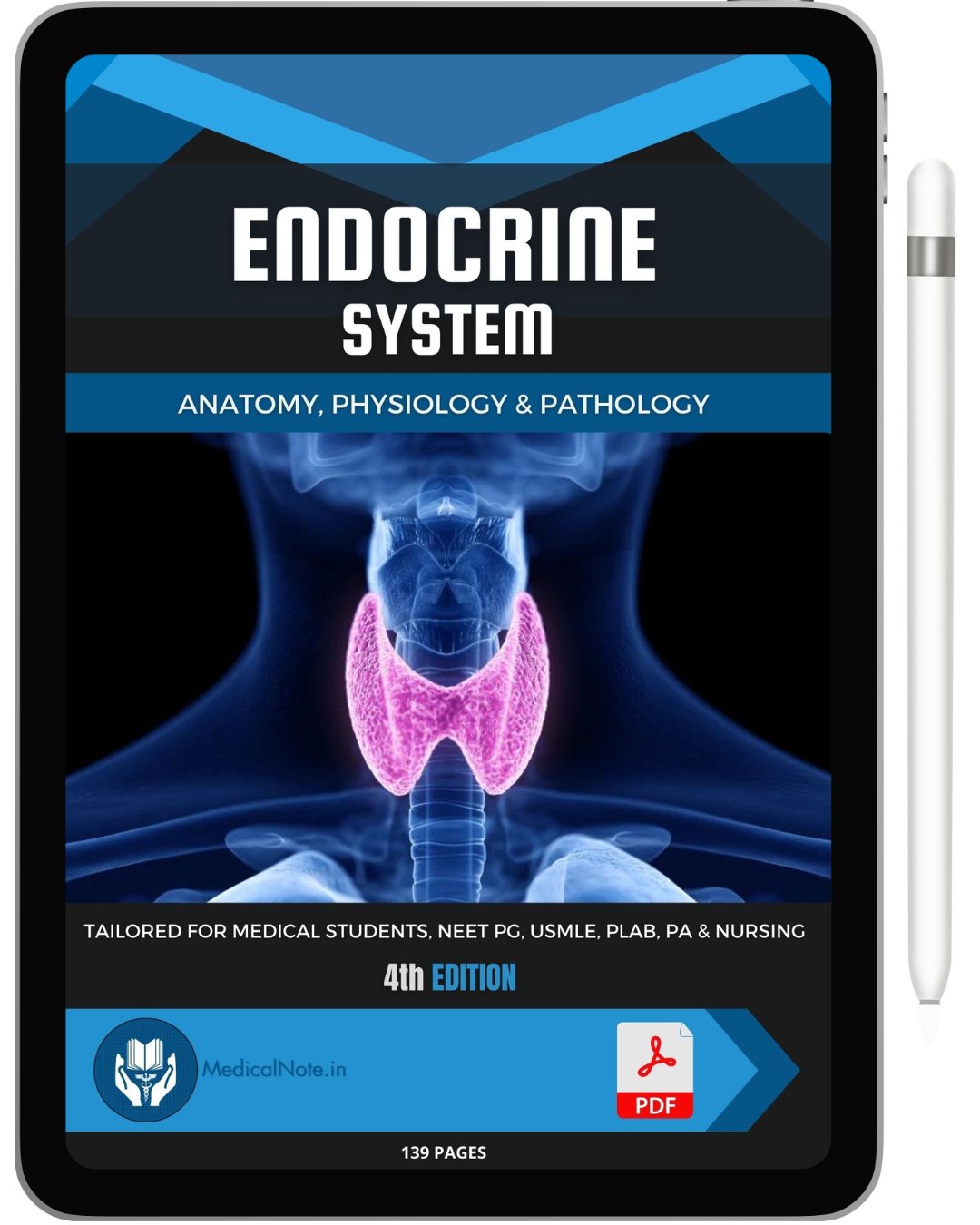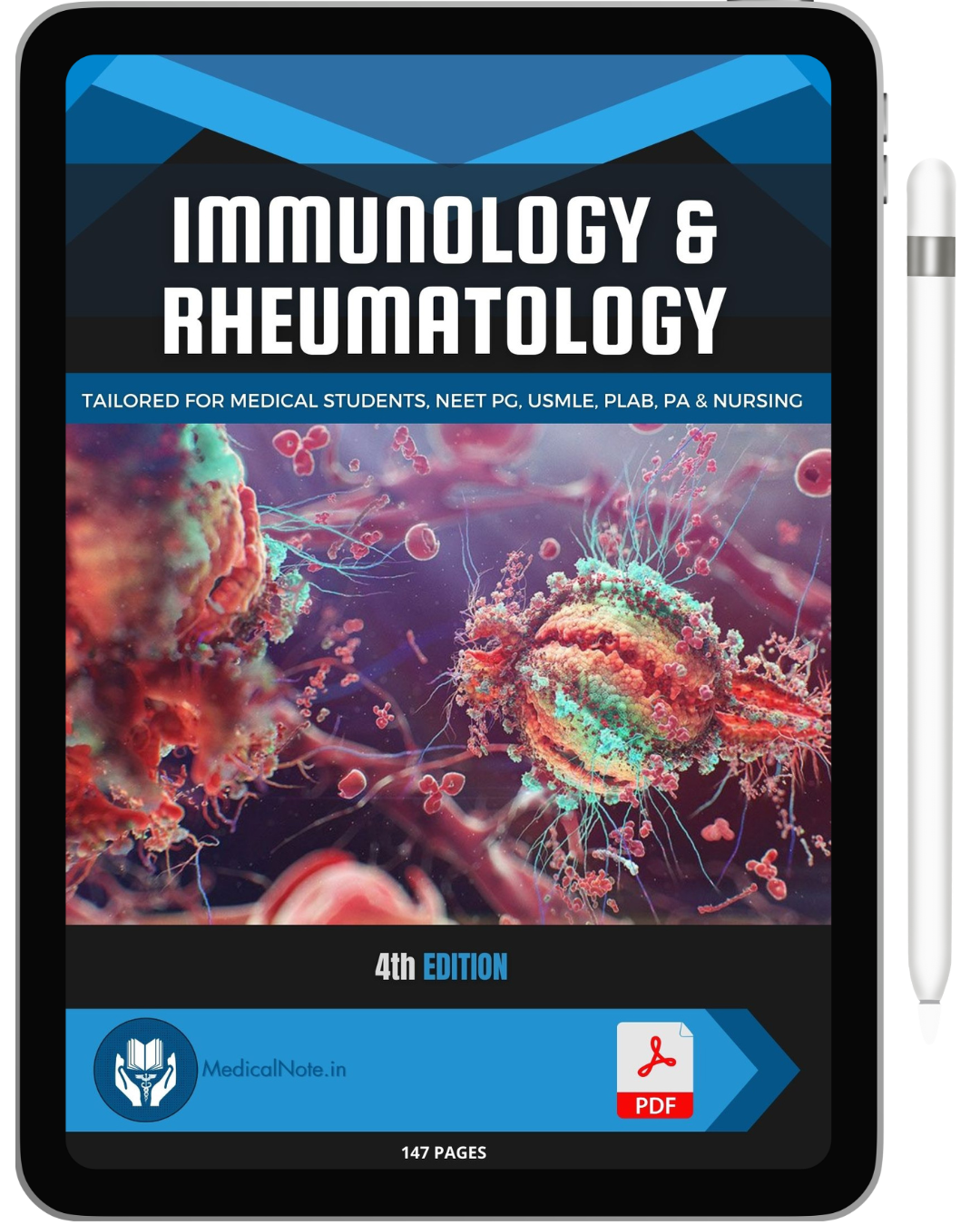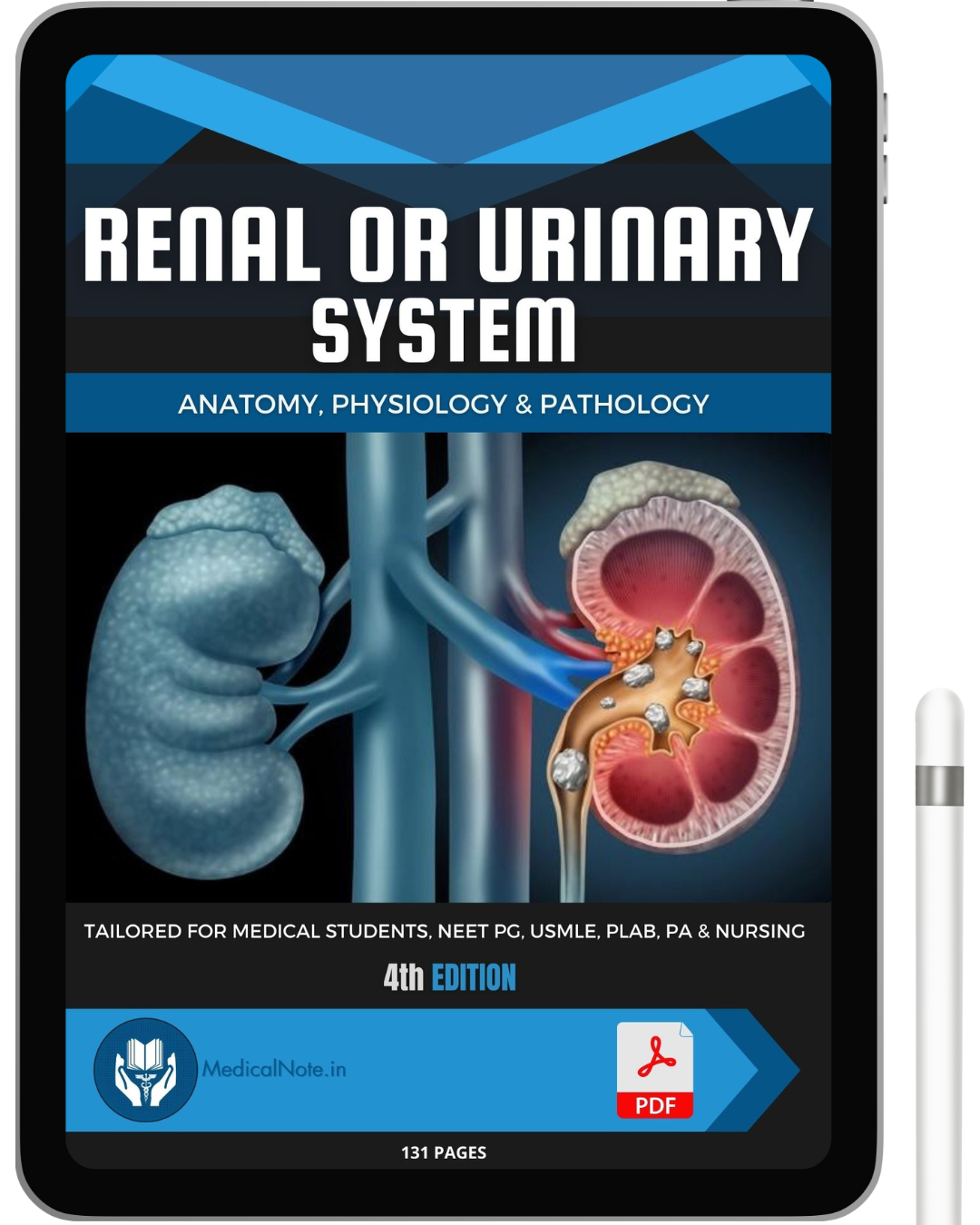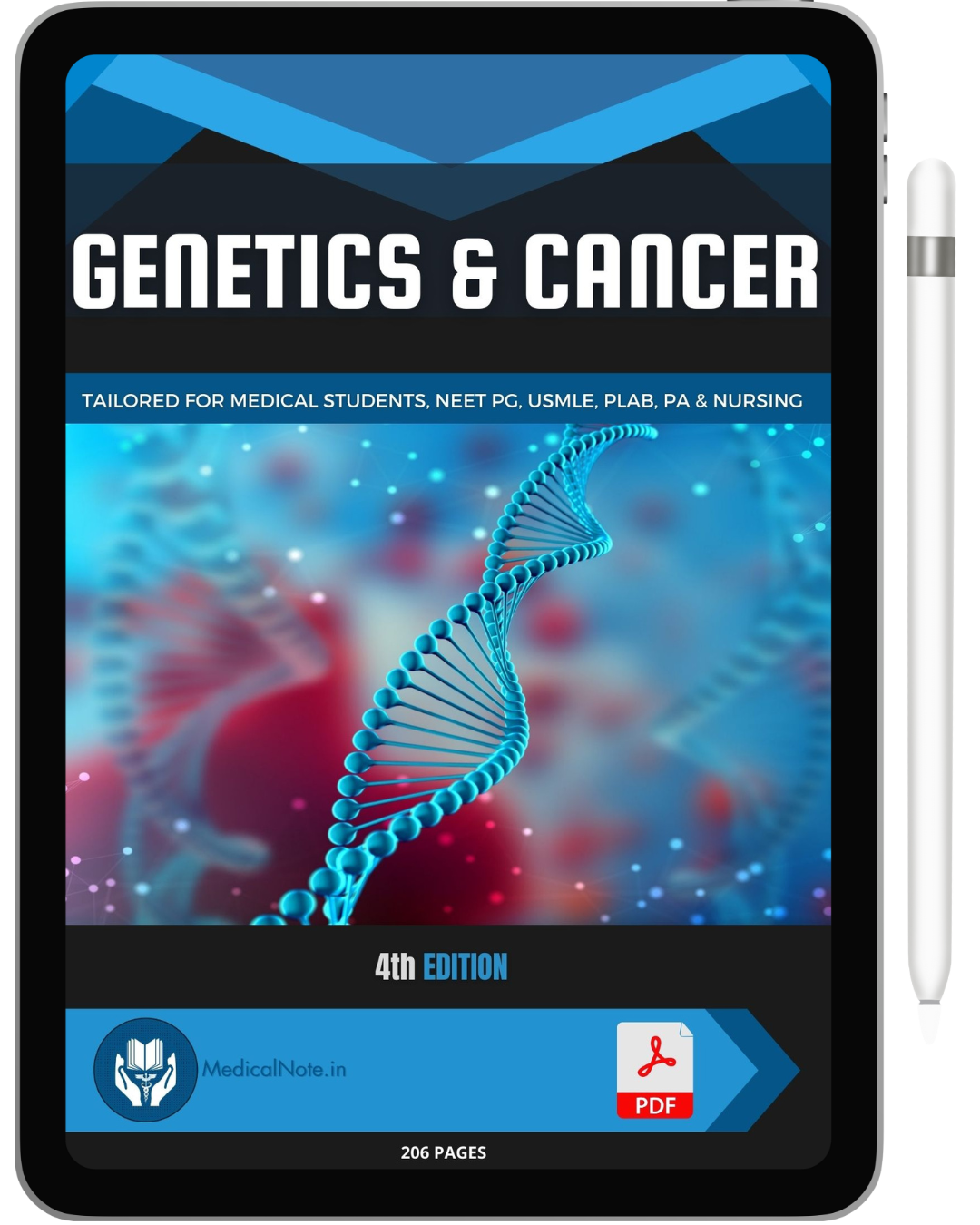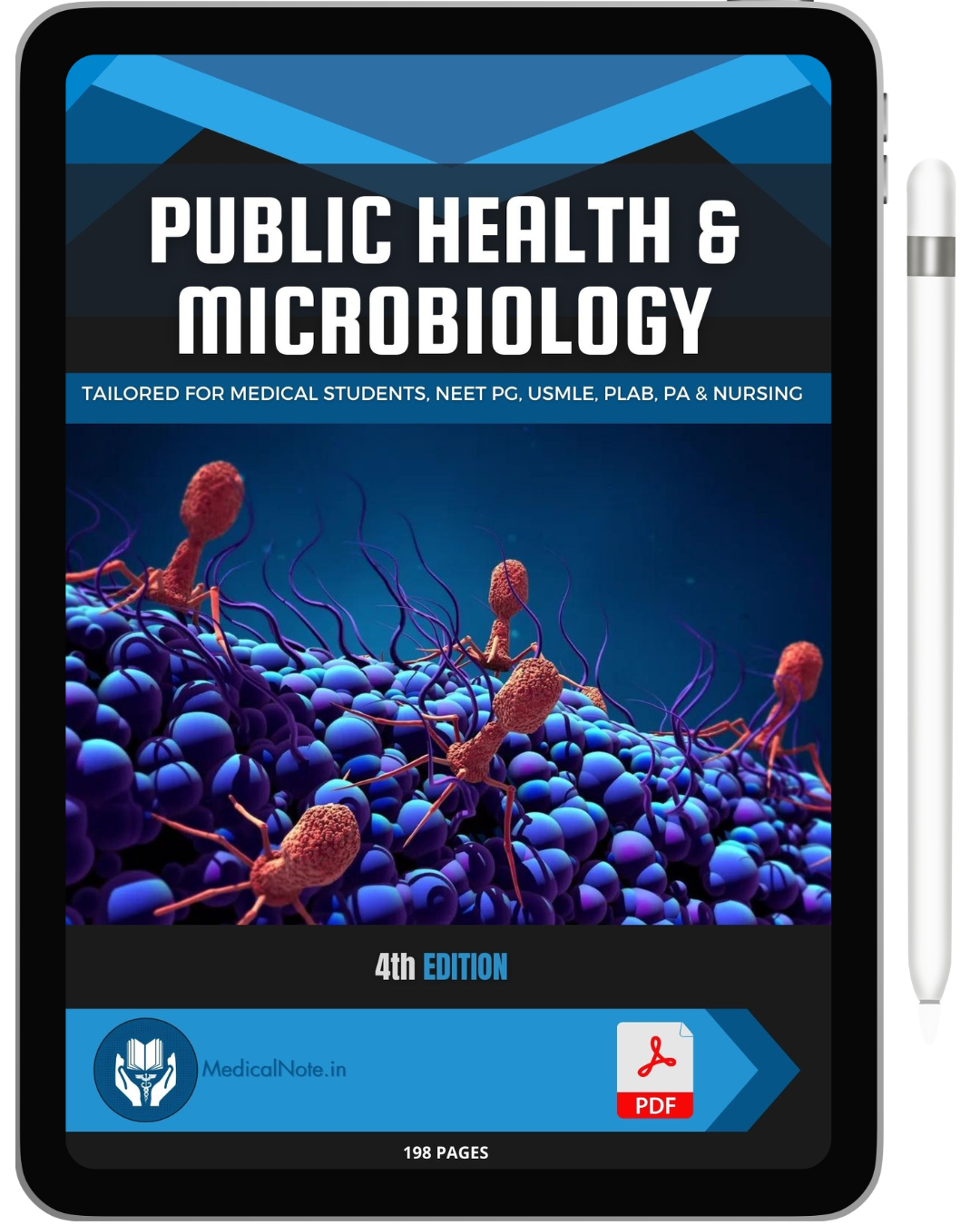1. The Chemical Level
The Chemical Level is the simplest level of organization, involving atoms and molecules. Key biological elements such as Carbon, Oxygen, Hydrogen, and Nitrogen make up 96% of living matter. These elements combine to form macromolecules like proteins, carbohydrates, fats, and nucleic acids, which are essential for life's processes.
2. The Cellular Level
At the Cellular Level, cells are the basic functional units of life. Single-celled organisms like bacteria represent the simplest forms of life, while multi-cellular organisms like humans consist of trillions of cells. Each cell is enclosed by a plasma membrane, containing the internal cellular machinery necessary for survival and function.
3. The Tissue Level
Similar cells group together to form tissues. There are four primary tissue types:
- Muscle Tissue: Responsible for movement and tension generation.
- Nervous Tissue: Specialized for electrical impulse transmission.
- Epithelial Tissue: Involved in material exchange between the cell and its environment.
- Connective Tissue: Provides support and connects different parts of the body.
4. The Organ Level
Organs are structures composed of two or more types of tissues working together to perform specific functions. For example, the stomach includes epithelial tissue for secretion, connective tissue for support, muscle tissue for movement, and nervous tissue for control.
5. The Body System Level
The Body System Level involves groups of organs that work together to perform complex functions. Examples include the digestive system, which comprises organs like the stomach, intestines, and liver, working together to process food and extract nutrients.
Conclusion
Understanding the five levels of organization in the body is crucial for medical students as it forms the foundation for more advanced topics in human biology and physiology. Mastery of this concept will aid in comprehending how the body functions as a cohesive unit.


